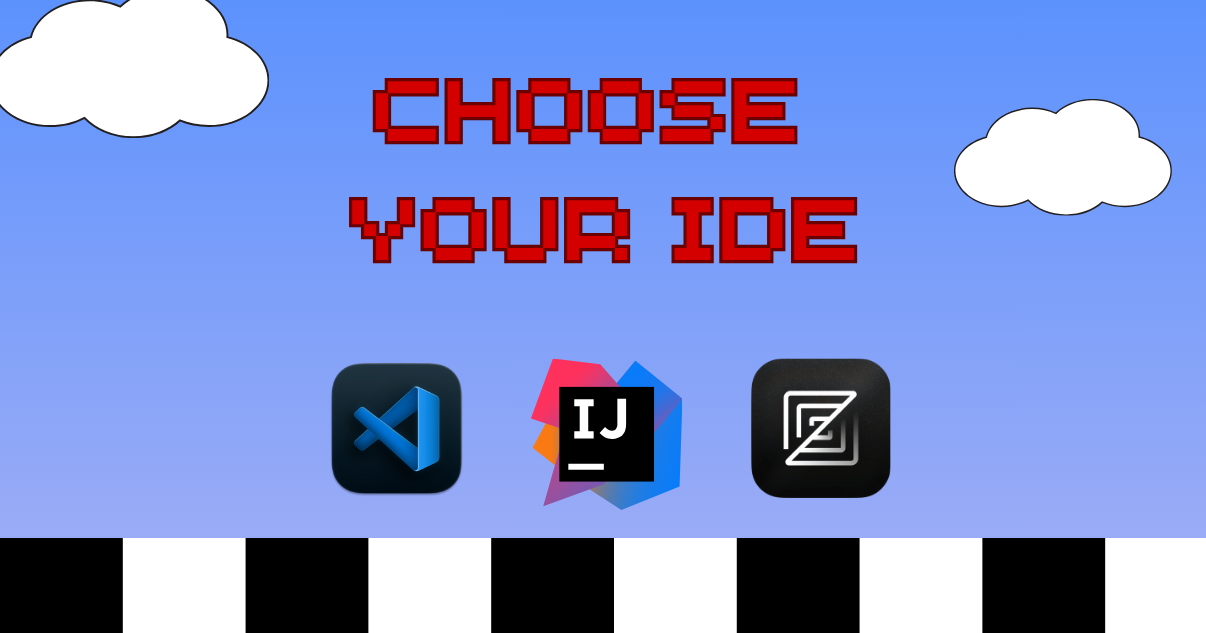Using goose in ACP Clients
Client applications that support the Agent Client Protocol (ACP) can connect natively to goose. This integration allows you to seamlessly interact with goose directly from the client.
ACP is an emerging specification that enables clients to communicate with AI agents like goose. This feature has limited adoption and may evolve as the protocol develops.
How It Works
After you configure goose as an agent in the ACP client, you gain access to goose's core agent functionality, including its extensions and tools.
The client manages the goose lifecycle automatically, including:
- Initialization: The client runs the
goose acpcommand to initialize the connection - Communication: The client communicates with goose over stdio using JSON-RPC
- Multiple Sessions: The client manages multiple concurrent goose conversations simultaneously
ACP sessions are saved to goose's session history where you can access and manage them using goose. Access to session history in ACP clients might vary.
The goose for VS Code extension uses ACP to communicate with goose. See the vscode-goose repository for implementation details.
Setup in ACP Clients
Any editor or IDE that supports ACP can connect to goose as an agent server. Check the official ACP clients list for available clients with links to their documentation.
Example: Zed Editor Setup
ACP was originally developed by Zed. Here's how to configure goose in Zed:
1. Prerequisites
Ensure you have both Zed and goose CLI installed:
-
Zed: Download from zed.dev
-
goose CLI: Follow the installation guide
-
ACP support works best with version 1.16.0 or later - check with
goose --version. -
Temporarily run
goose acpto test that ACP support is working:~ goose acp
Goose ACP agent started. Listening on stdio...Press
Ctrl+Cto exit the test.
-
2. Configure goose as a Custom Agent
Add goose to your Zed settings:
- Open Zed
- Press
Cmd+Option+,(macOS) orCtrl+Alt+,(Linux/Windows) to open the settings file - Add the following configuration:
{
"agent_servers": {
"goose": {
"command": "goose",
"args": ["acp"],
"env": {}
}
},
// more settings
}
You should now be able to interact with goose directly in Zed. Your ACP sessions use the same extensions that are enabled in your goose configuration, and your tools (Developer, Computer Controller, etc.) work the same way as in regular goose sessions.
3. Start Using goose in Zed
- Open the Agent Panel: Click the sparkles agent icon in Zed's status bar
- Create New Thread: Click the
+button to show thread options - Select goose: Choose
New gooseto start a new conversation with goose - Start Chatting: Interact with goose directly from the agent panel
Advanced Configuration
By default, goose will use the provider and model defined in your configuration file. You can override this for specific ACP configurations using the GOOSE_PROVIDER and GOOSE_MODEL environment variables.
The following Zed settings example configures two goose agent instances. This is useful for:
- Comparing model performance on the same task
- Using cost-effective models for simple tasks and powerful models for complex ones
{
"agent_servers": {
"goose": {
"command": "goose",
"args": ["acp"],
"env": {}
},
"goose (GPT-4o)": {
"command": "goose",
"args": ["acp"],
"env": {
"GOOSE_PROVIDER": "openai",
"GOOSE_MODEL": "gpt-4o"
}
}
},
// more settings
}

